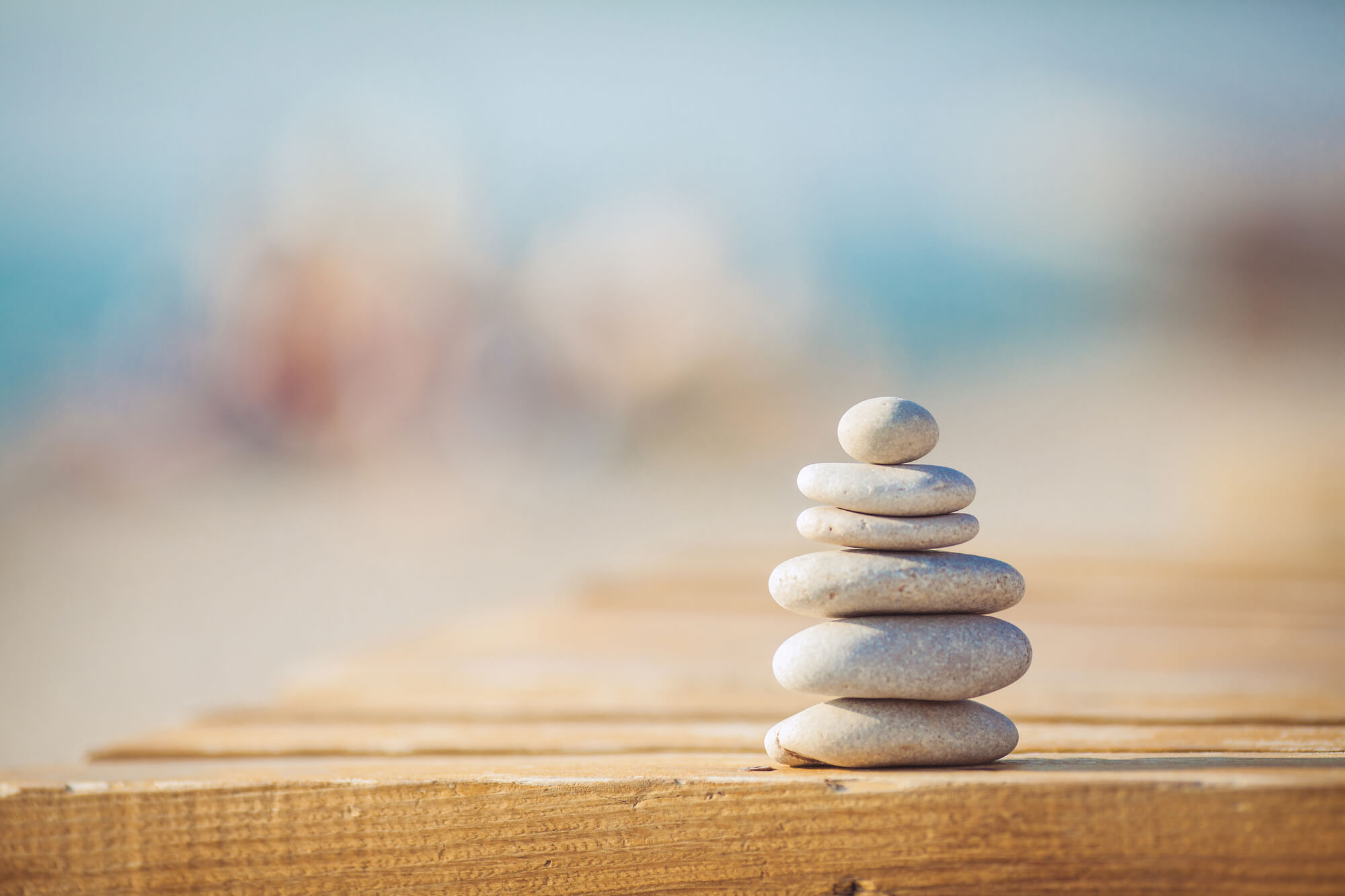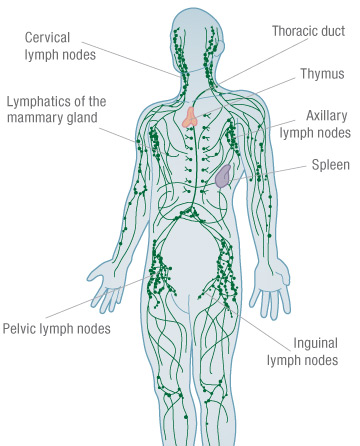Exercise for Lymphatic Health
Exercise on your goal list for 2019? Here are my tips for exercise that also benefits the lymphatic system….
Restorative yoga is my favorite and I recommend it to almost all my clients! As an added bonus, you rarely sweat so you can put your pjs on and then go to exercise! Who doesn’t love that?
Restorative yoga has you maintain positions for an extended period of time so your soft tissue really stretches out. This can be very good for those areas that have fibrotic tissue, troublesome swollen areas or painful areas. Allowing all those tissues to stretch results in releasing softening of tissue, increasing circulation and more mobility.
Remember that yoga is about your own journey and should not be competitive. It gives you a chance to slow down, listen to your body and help it its healing.
If you are in the chicagoland area and are looking for an excellent and non intimidating yoga class, check out Inner Jasmine yogain Hinsdale. You can also schedule a manual lymphatic drainage session with me before or after your class. Click Here

You can walk for a workout without much in the way of preparation, financial commitment or planning. It gets your muscles moving and when the muscles are moving, the lymph is moving. Remember if you have an issue with swelling to wear compression when walking. Another great thing about walking is that you can accomplish something while you walk. Catch up with a friend, walk the dog or listen to a podcast. (I am a podcast addict so if you need any recommendations, just reach out!.
You might be lucky enough to live where you can walk to do errands. Combining errands with walking isnt cheating, it’s still exercise. Parking your car in the strip mall and walking to 2 stores rather than driving in between still counts as walking and exercise. Your body doesn’t know the difference.

Need some help getting your lymphatic system moving? Schedule a complementary phone consultation with me to get you going in the right direction.

 “What exactly is manual lymphatic drainage?”
“What exactly is manual lymphatic drainage?”